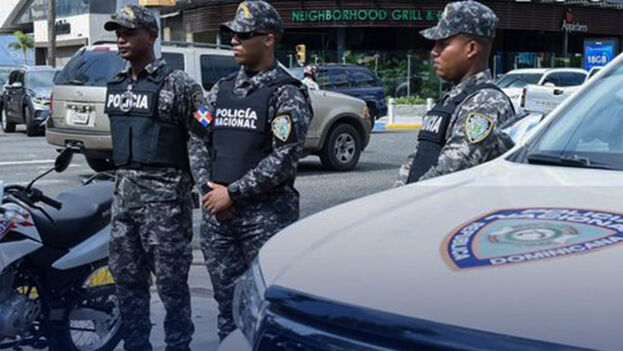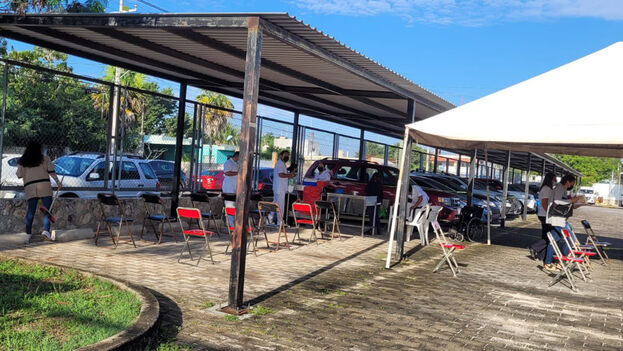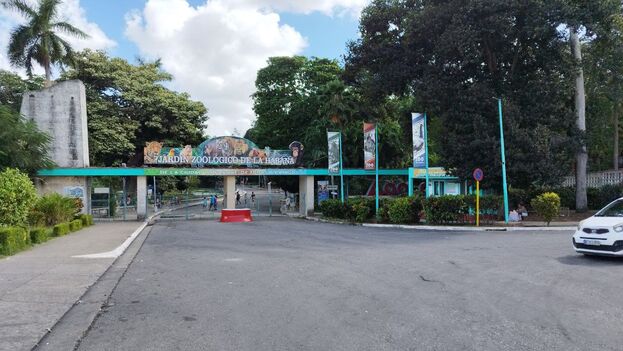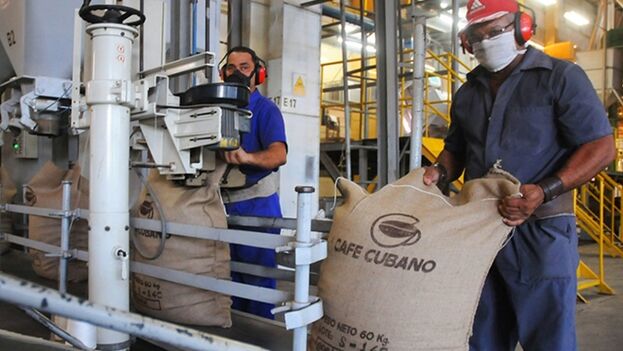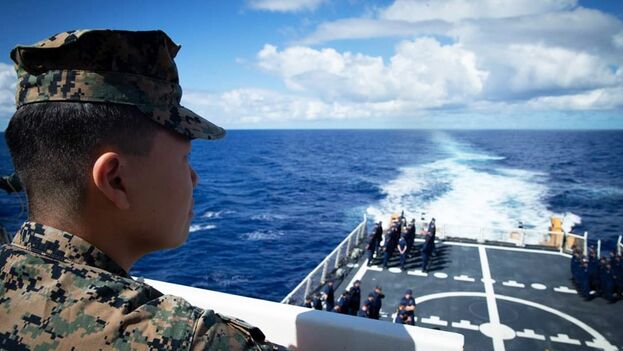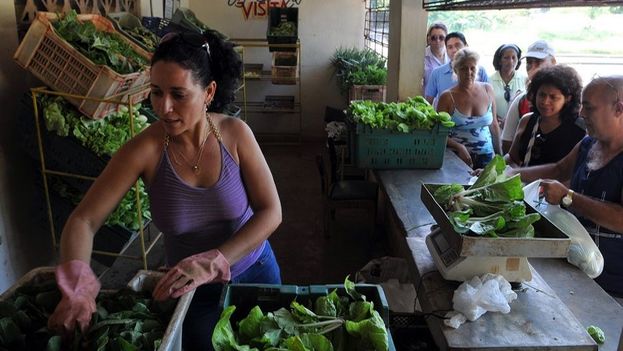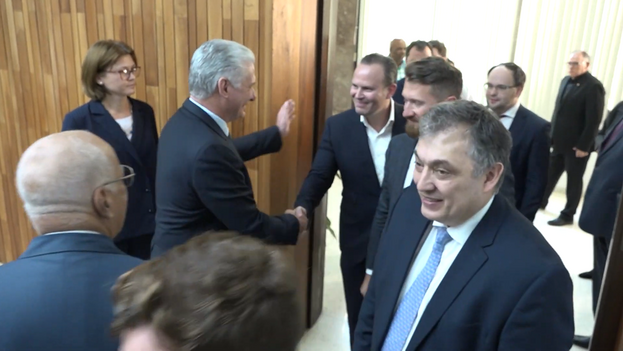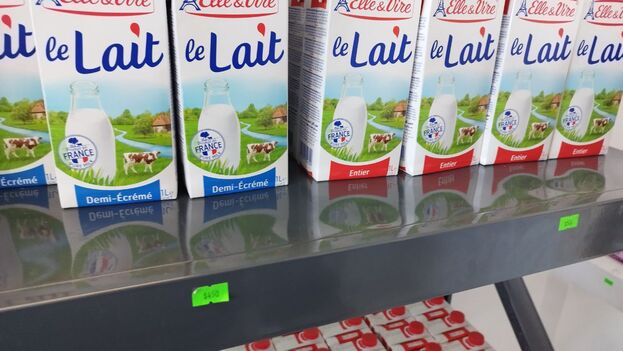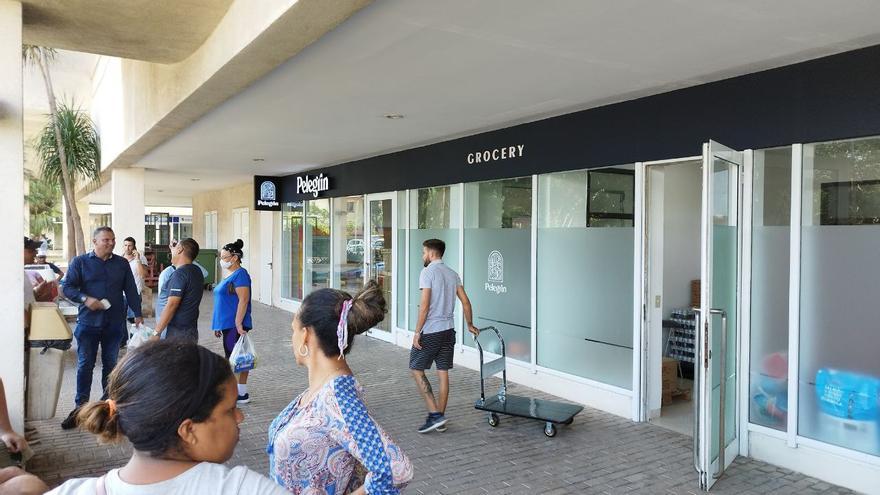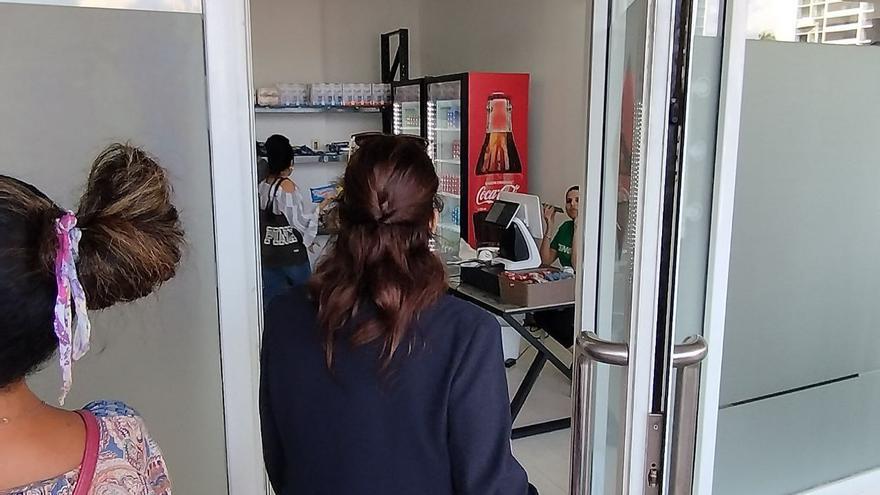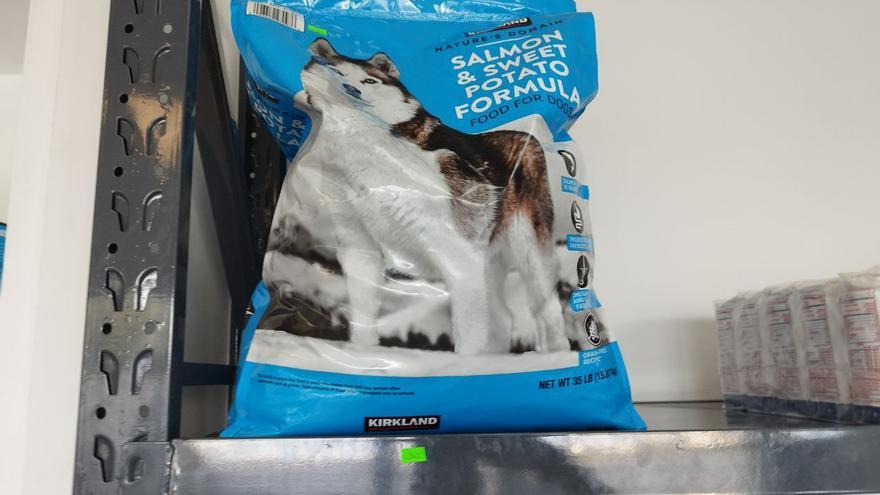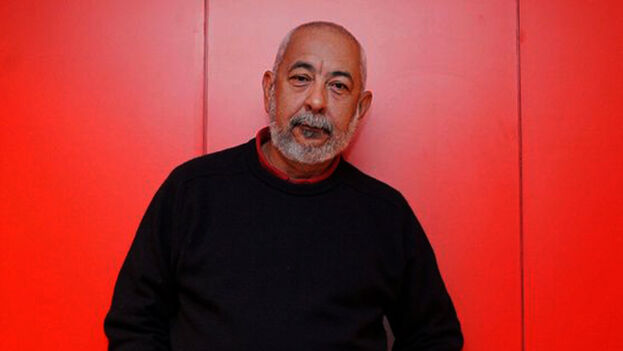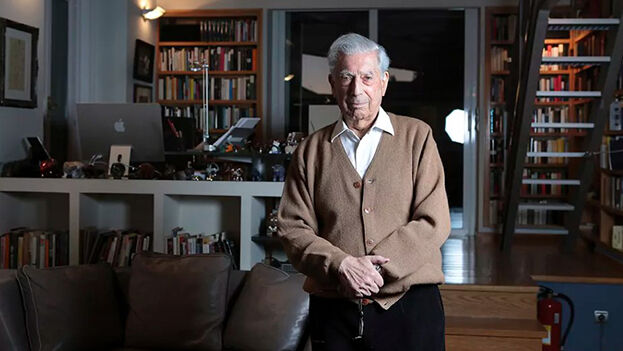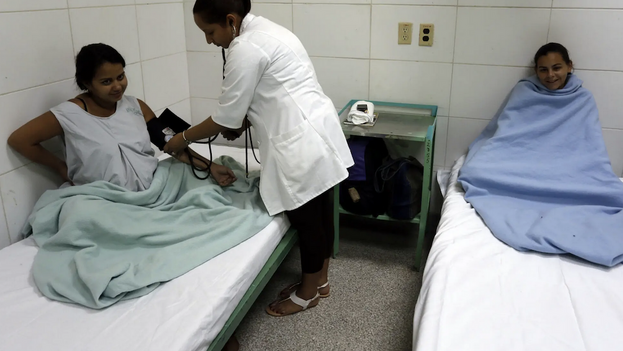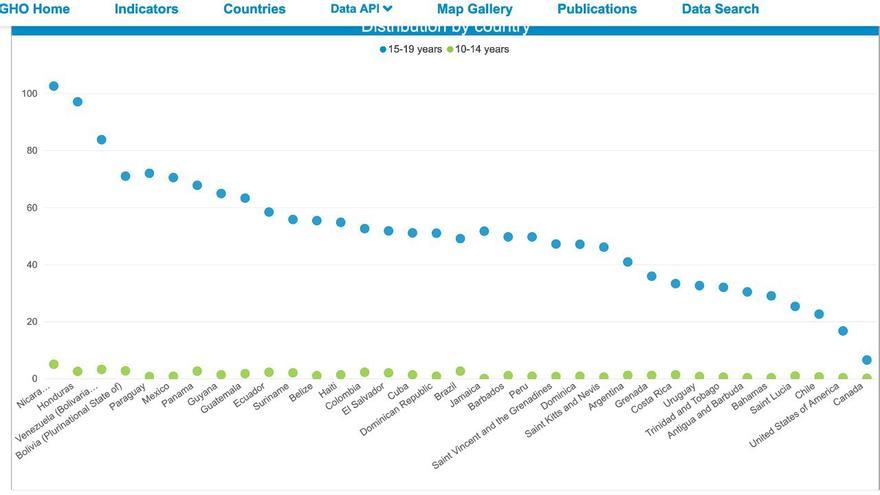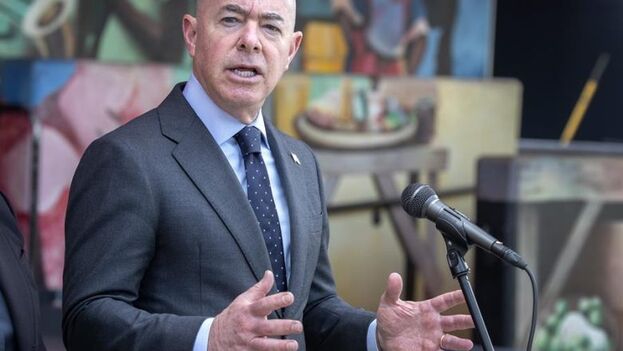so much so that I became a frenetic fan of Flaubert. And then I decided to be a writer. I decided that in France. Flaubert confirmed to me that literature was a way of life.
Q. Neither Flaubert’s father nor yours wanted their sons to be writers.
A. My father was an enemy of literature, and I think he put me in the Military College with the idea that the military was going to free me from my vocation. But the funny thing is that I became a professional writer, because I wrote letters to my classmates.
Q. Did anyone keep any? Because they’re valuable now.
A. I haven’t seen any, ha, ha, ha. Flaubert’s father was an engineer, and he didn’t want him to dedicate himself to literature either. I think Flaubert’s epilepsy was actually his invention. Overnight he faints and begins to see lights. Don’t tell me it’s not suspicious. Then, the father, afraid that his son, whom he loves very much, could die, sends him to the countryside, to Croisset, and there he can now dedicate himself to writing.
Q. Balzac’s father didn’t want him to write either. And Balzac had another illness…
A. They invented illnesses to convince the family and then the family went along with it. At that time there was no copyright law, ha, ha, ha.
Q. France confirms your literary vocation and you discover the confrontation of ideas. It can be said that French culture laid the foundations of your intellectual formation.
A. Absolutely. For always. Look, I spent a year in the Communist Party in Peru. The communist parties were absolutely totalitarian. And what saved me from sectarianism was reading Sartre, who wrote some essays in which he attacked Stalin a lot. With the poor amount I earned while I was at university, I subscribed to two French magazines: Les Temps Modernes [Modern Times], by Sartre, and Les Lettres Nouvelles [New Letters] by Maurice Nadeau, and I could more or less follow French literary news. It’s funny because in all the controversies I agreed with Sartre.
Q. Then came the disappointment.
A. What broke my relationship with Sartre is an interview in which he is asked about two African writers, and he says that they must first make the revolution to create a country where literature is possible. I felt enormously frustrated. Sartre had taught us that you could be a writer anywhere and denounce the horrors of the Third World, and now it turns out that you had to make the revolution first to be a writer. I was already too far advanced in my literary vocation to believe him.
Q. But Sartre never got committed at the moment of truth. In the war he kept a low profile, while Albert Camus and André Malraux risked their lives in the Resistance.
A. It’s said that Sartre occupied the academic seat of a Jew who had been expelled from a high school. I don’t know if it was true. But Sartre didn’t believe in politics. He focused on philosophical studies. And at the age of 50 he entered in a very militant way and was already an exclusively political man, and he dedicated himself to writing those essays… Le communiste et la paix [The Communist and Peace]. Camus was less flighty than Sartre. He was more realistic, more grounded, and we identified more with him. Sartre essentially doesn’t create literature. He begins novels that remain unfinished. He said that he was going to write a fourth novel that he never wrote, and then he said that he was going to write an essay on morality that he never wrote. He always left his projects incomplete.
Q. After dismissing the theory of commitment, do you still believe that literature can change life? Do you still consider it as an act of rebellion?
A. Yes, I think so. I believe that literature is an invention of human beings to defend themselves from death. It’s a way to, let’s say, hide. That’s why it’s going to survive. Literature is a defense against death. There, in the novel, you find an eternity that is fictitious, but that allows us to protect ourselves from what we are very afraid of, especially when we are old, which is the proximity of death.
Q. In addition to Flaubert, Sartre and Camus, Malraux influenced you…
A. Malraux was the only writer who spoke as well as he wrote. His speeches were wonderful. I remember what he said in 1964 when the ashes of Jean Moulin, the head of the Resistance, were transferred to the Pantheon. De Gaulle was there, but only Malraux spoke. The French cried when they heard it. I had to cover the event. What a beautiful thing. He was an extraordinary speaker. And a great writer.
Q. And then Raymond Aron and Jean-François Revel.
A. At first I bought Le Figaro on Saturdays, which was when Raymond Aron wrote, and I hid. Ha, ha, ha. I was embarrassed to buy it. But I read it because I thought it was incredible that he defended liberalism so much. He was a complete loner. And Revel, I think he is the Frenchman who knew Latin America best. His essays on Argentina and Mexico are brilliant.
Q. Like you, he evolved from Marxism to liberalism.
A. He was a liberal. He was a close friend of Sartre at the university. Look, now I was reading Hayek and he says that when they appear in England the first liberals use words that did not exist in the political world, such as progressive or universalism. And the left appropriates all that and completely distorts it to defend socialism. Well, socialism is dead. No one can believe in it after Cuba.
Q. Your literary bond with France is double. On the one hand, you discover French literature, and, on the other, France discovers Latin American literature. France reaffirms your vocation as a writer and then recognizes it as such.
A. Absolutely. I publish my first two novels in France, I write a lot of articles, novels, stories… a lot. My big surprise was the success of La ciudad y los perros [The City and the Dogs]. What I have never known is if it was because of the novel itself or because it was burned by the military at my school in Lima.
Q. That they burned it I’m sure helped its success, but I guess some merit would have… You have said that the way in which you exercise your freedom as a writer comes from Flaubert.
A. Of course, Flaubert invents that figure of the invisible narrator, who is like a God who is not seen, who leaves apparent freedom to his characters, without showing himself.
Q. The opposite of Victor Hugo’s omniscient narrator.
A. Victor Hugo is the opposite. Now, Les Misérables is a great novel, the last classic novel. And then comes Madame Bovary, which is the first modern novel. Flaubert was not aware of the importance of his invention, of that figure that narrates from silence, from invisibility. It was the great revolution in the novel. [The writer gets up and brings an old book from his library]. Look how beautiful. The first edition of Madame Bovary. Some friends have given it to me.
Q. You said that Emma Bovary is the greatest love of your life, that with no person of flesh and blood have you had such a passionate relationship.
A. Ha, ha, ha, it’s true, it’s the pure truth.
Q. You define her as rebellious in the face of the mediocrity that surrounds her, a superior spirit. You’re going to hate me, but she seems to me a disordered obsessive.
A. No, no, a disordered obsessive, no!
Q. She is someone who contains the seed of unhappiness.
A. What happens is that the husband is a poor devil. Completely boring. And then she believes that life is like the novels she reads. And she begins to explore…
Q. But she has unreal aspirations. She pursues a mirage and makes those around her unhappy. And she herself is unhappy.
A. Well, yes, she accumulates a great unhappiness. But her rebellion has to do with love. With love! Not with ideology. It’s a personal ideology, absolutely personal. And it is the defense of love.
Q. Yes, but it’s an ideal love. That’s why all lovers disappoint her.
A. Of course. The lovers are of a frightening mediocrity. And then she looks for someone superior and can’t find him in that little town. When she is completely frustrated, she commits suicide. Madame Bovary’s suicide is one of the most brilliant episodes in literature. There are three pages, in which she swallows arsenic, begins to feel pain and anguish and despair… Terrible. It is written impersonally, because what Flaubert wanted was impersonality. It’s a wonderful description. In the letters to Louise Colet, Flaubert said: I feel the poison in my mouth… Flaubert always looked for the most extraordinary things.
Q. Do you also correct a lot, like him?
A. I correct a lot, I redo, I create a summary diagram. Yes, a lot.
Q. And do you also read aloud?
A. No, not that, because I don’t think music has the last word in the style. Flaubert thought so. Not me. Great writers are not musicians.
Q. I have to ask you about the story Los vientos [The Winds], which was released in October 2021 in the magazine Letras Libres [Free Letters].
A. It went completely unnoticed and now it’s everywhere. The other day, the person who takes care of my books told me: “Suddenly we have begun to receive letters from people who want Los Vientos.” But hey, why is this a story?
Q. Because it’s interpreted to include messages.
A. Absurd and crazy messages. I would never have thought of ridiculing Isabel in my life. At that time I got along very well with her. I don’t even remember when I wrote those episodes that have been released in the newspapers, even in France, in an article in Le Monde!
Q. The story is amusing and at the same time tragic. It’s a very plausible dystopia.
A. It’s a story about old age. I wrote it for Letras Libres, and now it’s coming out as a novella in many countries.
Q. Old age tends to be considered a gray age, immune to experiences, to enjoyment. But you have shown that this is not the case. At work, and in your personal life, you retain a nonconformist spirit.
A. Eighty-six years is old, isn’t it? I work a lot. At this age you have to fight it. We have to try to keep writing until the end. The ideal is to die with a pen in your hand.
Q. You had a very hard experience with COVID.
A. It was horrible. I was working and my legs started shaking. And I had something in my throat and I couldn’t breathe. Isabel called a doctor, and when he arrived I heard him say to her: “His fever is going up a lot. You have to take him to the clinic.” The wait was distressing, I was drowning. They took me from the ambulance directly to a kind of tube with oxygen. Then I started to breathe. I think the most dramatic experience I’ve had has been that lack of oxygen.
Q. Did you start to think that you weren’t going to get through it?
A. Yes, I had the impression that I was dying. I was dying there. Yes.
Q. Your life has always had a public part, which in recent years has intensified. It has been at the epicenter of a bubble that can be unreal. How would you define that experience? Did you feel a little like you were under a microscope?
A. No, no, I was very much in love with Isabel. But let’s say, that world is not my world.
Q. And now you are under siege.
A. At seven in the morning, when I went for a walk, the journalists were already at the door. At seven o’clock!! For a month. They haven’t been there for days now. It’s wonderful.
Q. You’ve been in Peru researching your new novel. Does the departure of Pedro Castillo from the presidency open a door to hope?
A. It’s still complicated. The vice president was brought in by the same forces; she has declared herself a Marxist-Leninist.
Q. Do you have the impression that Peru is now more fucked up?
A. I have the impression that Peru has been fucked up a lot more. Well, Latin America in general. Latin America, with the exception of Uruguay and Ecuador. Brazil, fucked up; Argentina, fucked up; all of Central America, fucked up. And Colombia, with Petro, who has sent a fierce message against Peru, because he says that the right wing has kidnapped Castillo!
Q. And Mexico…
A. López Obrador is a manipulator. He wants to change the Constitution to be president again, but I doubt he will succeed. What a sinister character.
Q. You are Peruvian, and Spanish, and a French academic; Latino and cosmopolitan.. Where do you feel you belong?
A. Well, literature is that, just that. Borders don’t exist for me. Look, I’m in Spain; I read the newspapers and I get terrifyingly irritated, just like in Peru. And I’m in France, and I get irritated just like in Peru. I move around very freely, and wherever I am, I’m interested in what is happening.
Q. But have you imagined a retreat somewhere specific? Have you thought about returning to Peru?
A. No, I think it’s very difficult right now. I feel at home in Spain.
MARIO AND THE CENSOR
After the success of La ciudad y los perros in France, Vargas Llosa sent the book to Carlos Barral. Two months later, the writer and Catalan publisher met in Paris. “He told me that he had really liked my novel and wanted to publish it in Spain.” Then the procedures began with censorship, which lasted for a year. And Barral invited Vargas Llosa to lunch with the person in charge, Manuel Fraga’s brother-in-law.
Q. And how did it go?
A. Well, there was a historian on Latin America there who didn’t understand anything, because he hadn’t read the novel, and he asked: “But what’s going on? What’s going on?” And then the head of censorship tells him: “What’s going on? The cadets are screwing a chicken!” [imitating the accent] Ha, ha, ha. The guy was speechless.
Q. Here we’re more into sheep.
A. Ja, ja, ja. It was wonderful. The head of censorship tells me: “Look. There is only one colonel in your novel. The colonel is the chief of the barracks. So, either you put in more colonels or that colonel can’t be as ridiculous as he appears in your book.” He gave me those arguments! And then I told him, “I don’t agree with that.” In the end, the novel came out with seven changes.
Q. I thought it was with seven colonels!
A. And also the detail of the priest who went to the brothel. The head of censorship tells me: “Look, I know that priests are not always respectful, but there is only one priest in your novel and that priest goes to brothels, so it can’t be that way. Aim for more priests or let’s take out the brothel.” In the second edition, Carlos Barral slipped it into the revised novel. It was a frightening struggle, with Carlos becoming a little more daring in each revision. Well, 20 or 30 years later, I’m giving a lecture and an old man appears… the head of censorship! Who tells me that he has published a book and adds: “In that book I say that thanks to me, La ciudad y los perros was published here!” Ha, ha, ha. That’s nice, isn’t it?
Translated by Regina Anavy
Editor’s note: This article was originally published in the cultural magazine LaLectura [Reading] and is reproduced here with the permission of the newspaper El Mundo [The World].
____________
COLLABORATE WITH OUR WORK: The 14ymedio team is committed to practicing serious journalism that reflects Cuba’s reality in all its depth. Thank you for joining us on this long journey. We invite you to continue supporting us by becoming a member of 14ymedio now. Together we can continue transforming journalism in Cuba.
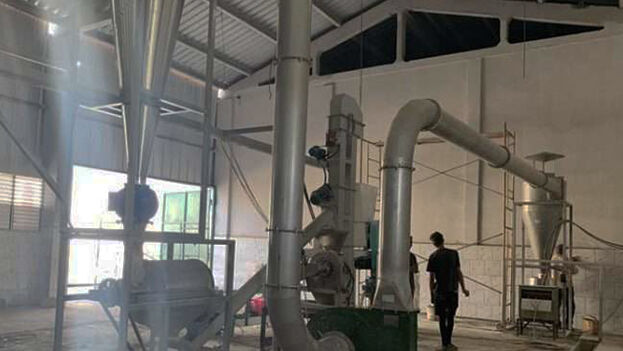
![]() 14ymedio, Havana, 9 February 2023 — The Ceiba Citrus Company, located in Caimito, Artemisa, has bet all its cards on the construction of a new cassava flour factory. However, despite the investment required by the plant, its managers cannot guarantee that the harvest of the tuber on the Island will live up to their expectations.
14ymedio, Havana, 9 February 2023 — The Ceiba Citrus Company, located in Caimito, Artemisa, has bet all its cards on the construction of a new cassava flour factory. However, despite the investment required by the plant, its managers cannot guarantee that the harvest of the tuber on the Island will live up to their expectations.

